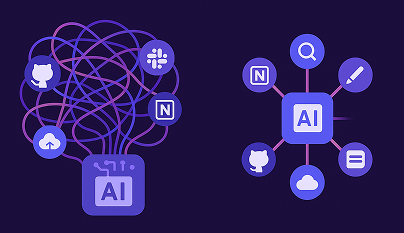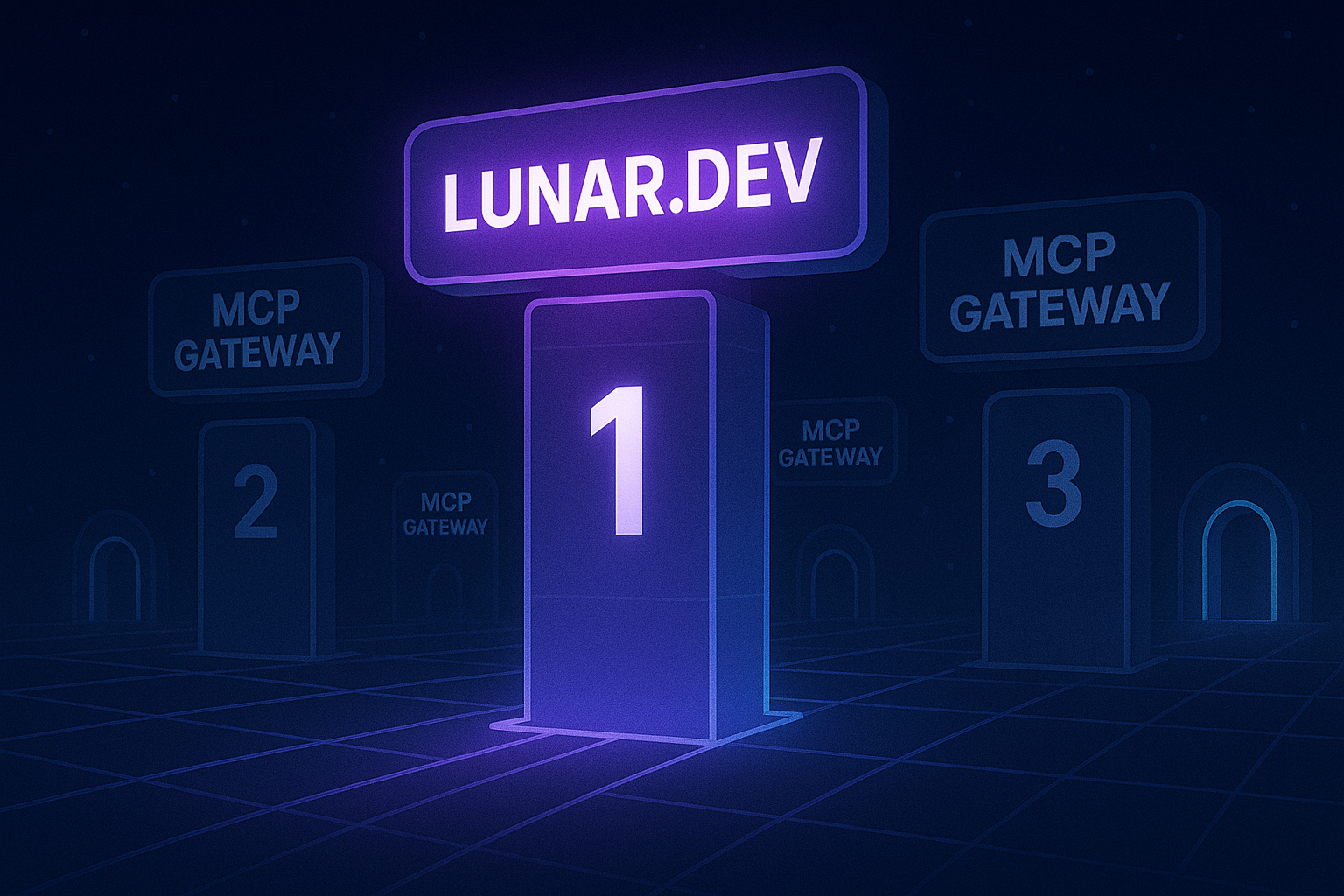
Negotiating with API Providers: Strategies and Techniques
Discover effective strategies and techniques to reduce API costs, avoid overspending, and increase profit margins. Follow our step-by-step guide to enhance product stability and optimize expenses.
In today's fast-paced digital landscape, software engineering leaders are increasingly tasked with the critical decision of selecting the right API provider and contract for their organizations.
However, this task is far from straightforward. Vendors often employ a bewildering array of pricing models, making it difficult to compare costs accurately.
A lack of understanding of these pricing metrics — and how they scale with increased platform usage — can lead to unforeseen expenses, potentially locking companies into financially unsustainable platforms.
One of the main blind spots in this process is the absence of actual tracked data over usage, which is crucial, especially during contract renewal, to determine the most suitable contract.
It's imperative for engineering executives and software architects to grasp the intricacies of vendor pricing, as these models are often more complex than they initially appear.
Misinterpreting pricing metrics can easily occur, underscoring the need for a thorough and strategic approach to pricing negotiations with API providers.
In this blog, we will delve into the complexities of API pricing models, highlight the financial risks and pitfalls, and offer strategies for better pricing negotiations to ensure your organization makes informed and sustainable decisions.
Navigating through the complexity of pricing models
API providers often use several pricing metrics to charge for their services and can add complexity by combining multiple metrics in their offerings.
However, there will typically be a primary pricing metric that dictates the overall price. Here are the main pricing metrics used:
- Per Call/Request/Tokens: Pricing based on the number of API calls or requests made. Each call to the API is counted and billed accordingly.
Example: Twilio API. Twilio charges based on the number of API calls or requests, such as $0.0075 per SMS message sent or received. - Usage-Based Pricing: Charges based on the actual usage of the API, which may include data transfer, processing time, or other resource consumption.
Example: An API provider charges $0.10 per MB of data processed. If a user processes 500 MB of data in a month, the cost would be $50. - Tiered Pricing: Pricing that varies depending on the volume of usage, with different rates applied to different usage levels or tiers.
Example: Algolia API.

- Quota-Based Pricing: Users are allocated a certain quota of API calls or resources within a billing period, with overage charges if they exceed the quota.
Example:IBM Watson API

- Seat-Based Pricing: Pricing based on the number of users or seats accessing the API, often combined with other metrics.
The financial risks and pitfalls in API providers contracts
When engaging with API providers, it's crucial to understand the financial risks and potential pitfalls associated with their contracts. Here are some key considerations to keep in mind:
1. Overages: Why They Happen and What’s the Risk
Overages occur when your API usage exceeds the limits specified in your contract, resulting in additional charges. Several factors can contribute to overages, each posing a significant financial risk:
- Seasonal Peaks: During certain times of the year, such as holidays or promotional events, traffic can spike unexpectedly, leading to overages.
- Variation in API Traffic or Payload Size: Failing to account for fluctuations in API traffic or changes in the size of the data being transferred can result in surpassing usage limits.
- Scaling Up API Management Needs: As you build newer functionalities, the number of APIs and the traffic they handle may increase, potentially exceeding contracted limits.
- Lack of Effective Traffic Management: Without proper rate limiting of API calls, excessive traffic can lead to unanticipated overages.
- Insufficient Alerting and Monitoring: Not having robust systems in place to monitor and alert you to usage spikes can cause overages to go unnoticed until it's too late.
- Lack of Versioning and Retirement Policies: Without policies to manage and retire outdated APIs, you can end up with an API sprawl that increases overall usage and costs.
The Risk: Overages can lead to significant unplanned expenses, disrupting budgets and potentially resulting in financial instability.
2. Needs Might Change Over Time
Your organization’s needs can evolve, necessitating changes in your chosen pricing plan.
For instance, you might initially opt for a higher-priced tier anticipating increased call volumes that don't materialize as planned.
In such cases, you may find yourself paying for capacity you don’t use, highlighting the need to switch to a more basic tier.
Flexibility in contract terms is essential to accommodate these changes without incurring unnecessary costs.
3. Multiple Teams Consuming in Parallel and Not Consolidating
In large organizations, different R&D teams might independently contract with the same API provider. This lack of consolidation can lead to several issues:
- Increased Costs: Separate contracts mean that each team may face overage charges and higher costs due to smaller-scale pricing tiers.
- Lack of Visibility: Without a centralized view of API usage across the organization, it’s challenging to monitor overall consumption and optimize costs.
- Inefficient Use of Resources: Consolidating usage under one contract and distributing consumption among teams can lead to more favorable pricing and better resource allocation.
The Risk: Disjointed contracts can lead to higher overall costs and reduced visibility into API usage, making it harder to manage and optimize expenses across the organization.
The strategies for better contract negotiations
When negotiating with API providers, employing strategic approaches can help you secure favorable terms and manage costs effectively. Here are some key strategies to consider:
1. Gather Data Over Time About Your Usage
To negotiate effectively, it's essential to have a clear understanding of your API usage patterns. Here's how you can gather and utilize this data:
- Track Your Usage: Leverage out-of-the-box instrumentation tools or integrate third-party solutions to monitor API consumption. Configure comprehensive monitoring, logging, alerting, and dashboards to stay informed about your usage levels.
- Utilize Production Data: Use actual production data to reduce inaccuracies in estimating future consumption. By analyzing metrics over a year, you can establish a baseline for comparing costs.
- Periodic Review: Regularly review your API consumption to ensure compliance with your subscribed quotas. This practice helps in identifying trends and making informed decisions about your needs.

2. Active Traffic Management
Implementing effective traffic management practices can prevent overages and optimize API usage:
- Apply Quotas, Rate Limiting, and Throttling: Set quotas and rate limits to control the volume of API calls. Throttling can help manage spikes in traffic and prevent overuse by legitimate users.

- Control Consumption Per User: Prioritize API calls between different user tiers, such as premium and freemium customers. This approach ensures that your most valuable users receive the best service while controlling overall costs.
3. Mitigate Future Additional Costs by Negotiating Key Contract Terms
Proactively negotiating contract terms can help mitigate future costs and provide flexibility as your needs evolve:
- Renewal Price Caps: Negotiate caps on renewal prices to protect against significant cost increases when renewing your contract.
- Overages: Address the cost of overages upfront. Since overages are typically higher than base contract prices and are paid in arrears, securing a favorable rate for these additional costs is crucial.
- Volume Pricing for Additional Future Commitment: Plan for future growth by negotiating volume pricing for potential increases in usage. This strategy can include:some text
- Price Holds: Agree on fixed prices for additional usage tiers to avoid unexpected cost increases.
- Volume Pricing Table: Include a pricing table in the contract that outlines discounts for higher commitment levels. This table provides a clear framework for scaling usage without incurring prohibitive costs.
Conclusion
Navigating the complexities of API pricing and contract negotiations can be a daunting task for software engineering leaders. However, by understanding the key pricing metrics, recognizing the potential financial risks, and implementing strategic negotiation practices, you can make informed decisions that align with your organization's goals and budget. By gathering detailed usage data, implementing active traffic management, and negotiating key contract terms, you can ensure that your API agreements are cost-effective and aligned with your organization’s needs. These strategies not only help in managing current costs but also provide a foundation for scalable and sustainable API usage in the future. By adopting these approaches, you can mitigate risks, optimize expenses, and foster API partnerships that contribute positively to your organization's success.
Ready to Start your journey?
Manage a single service and unlock API management at scale






